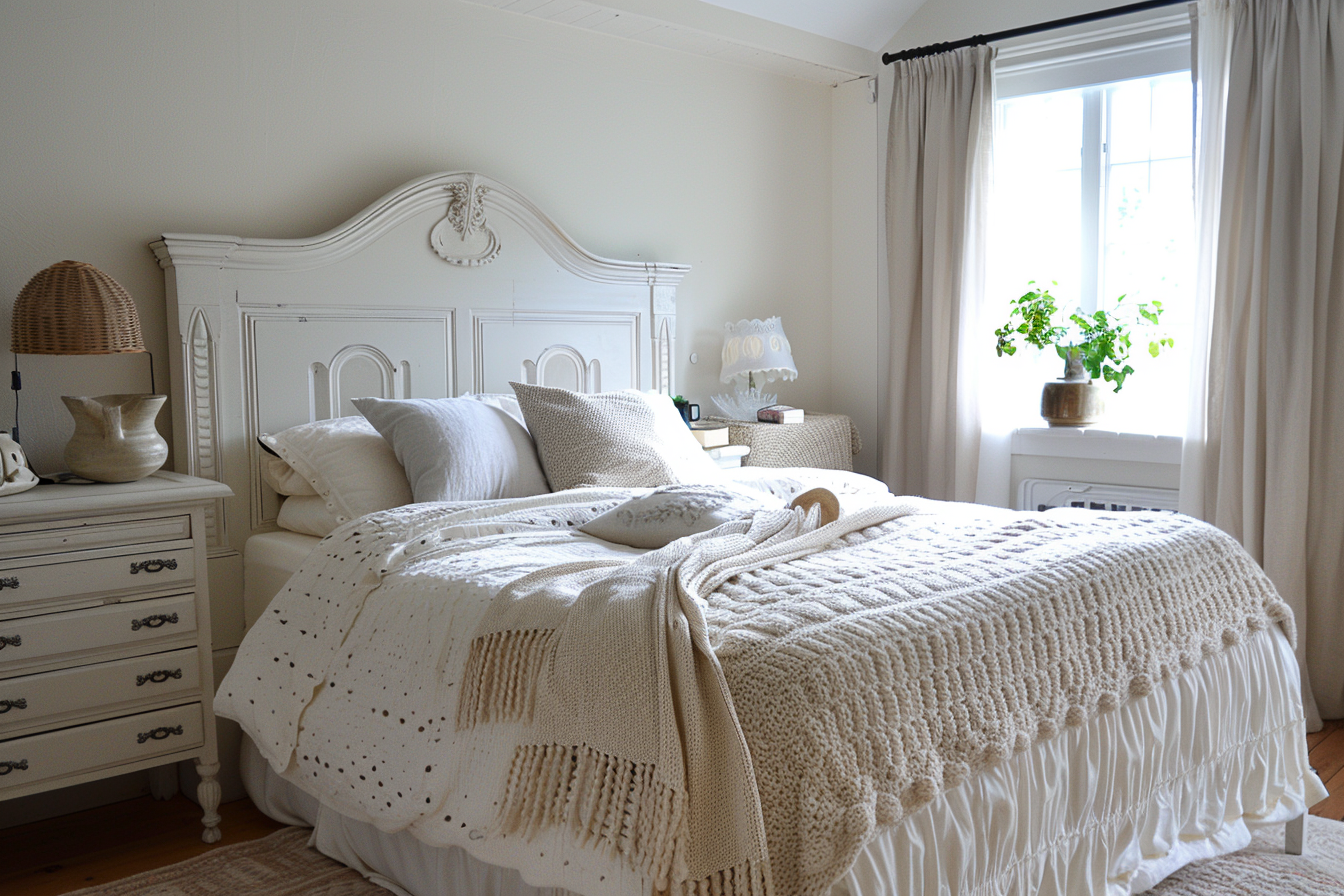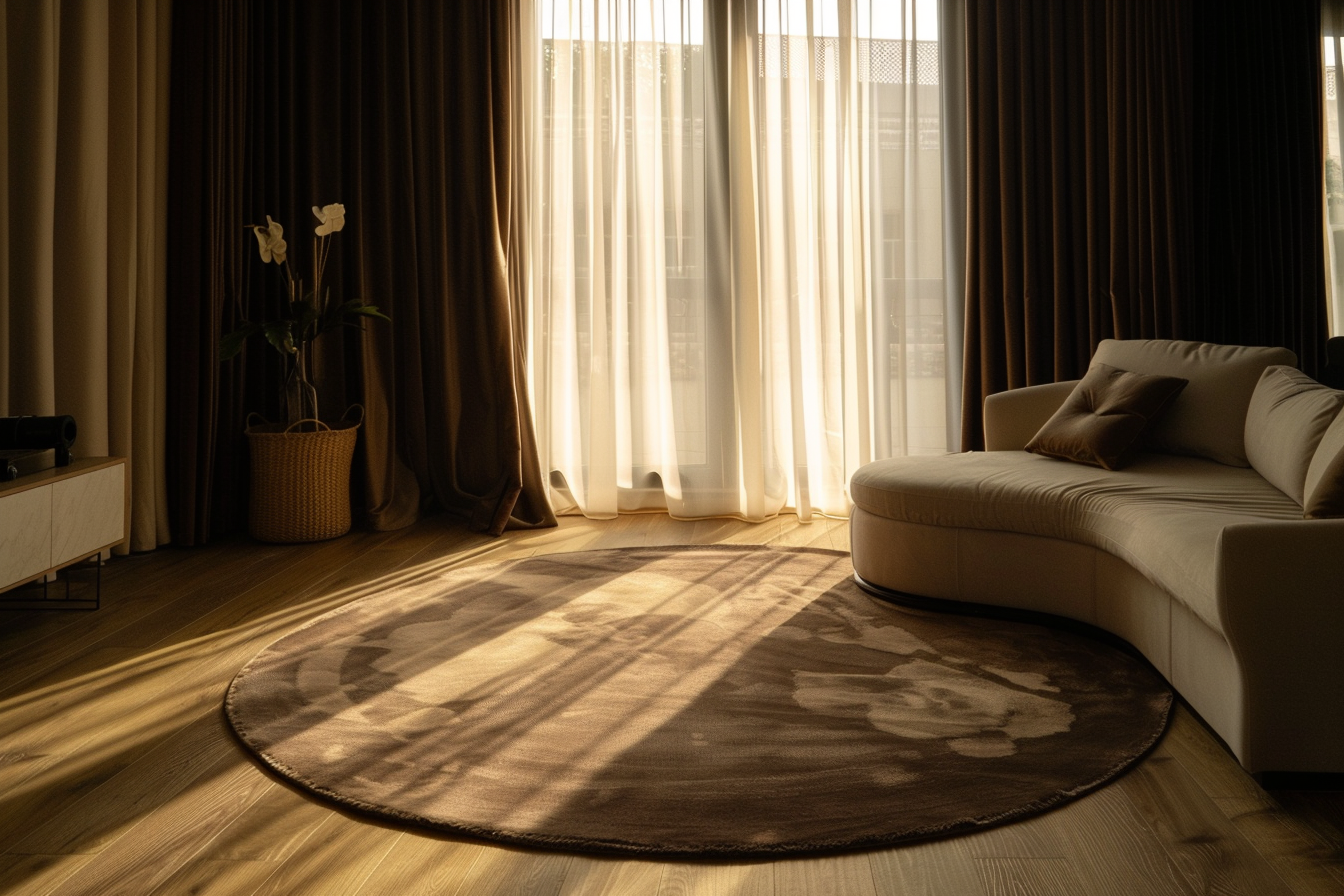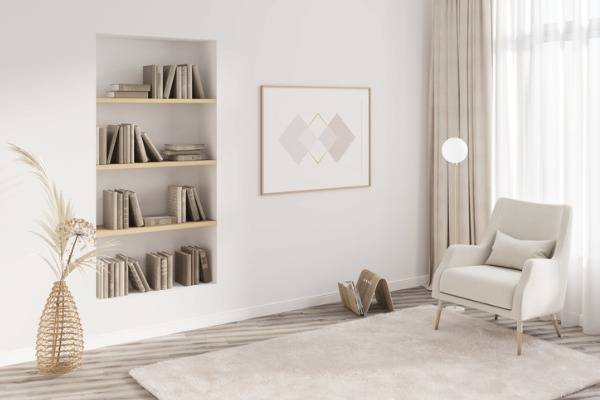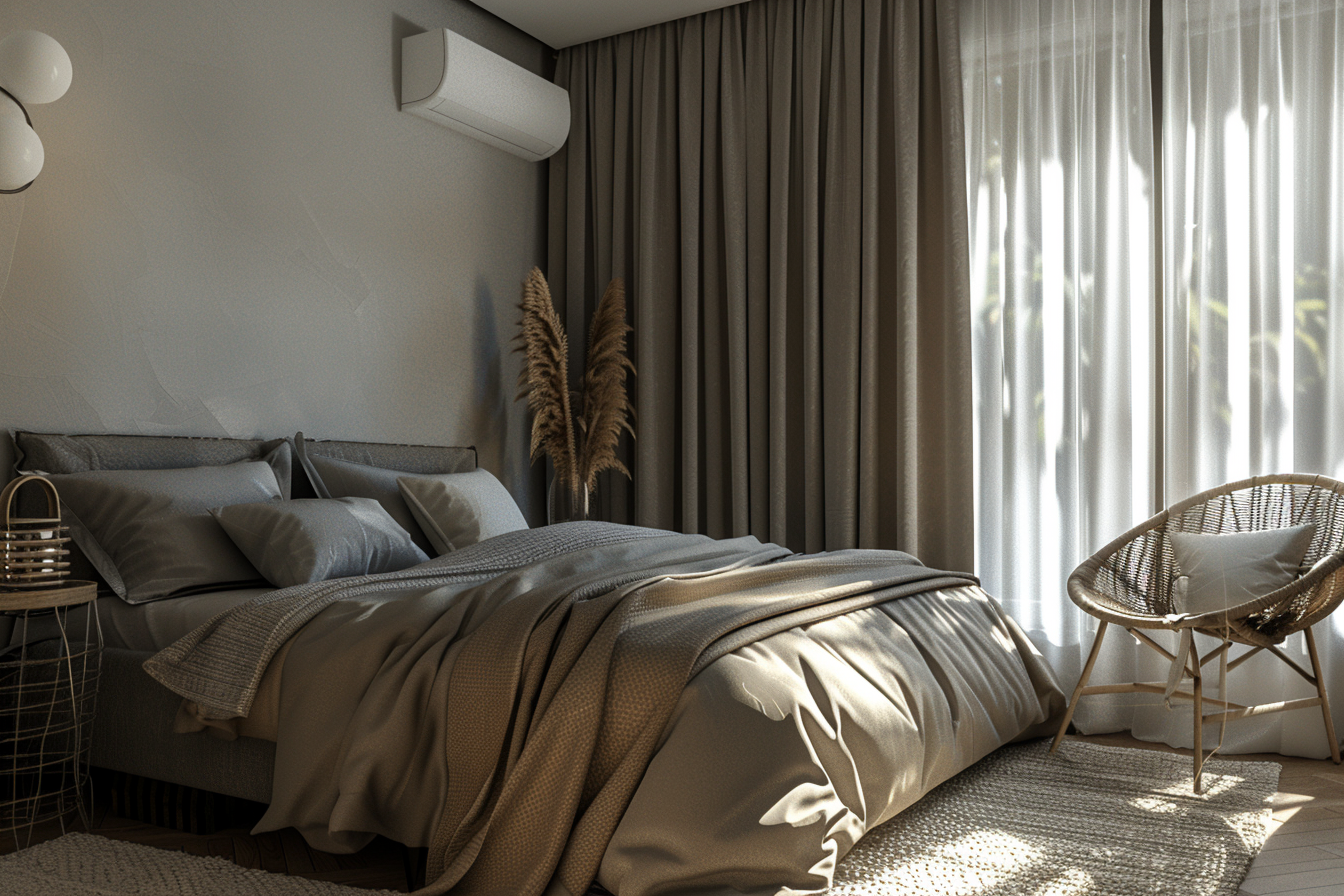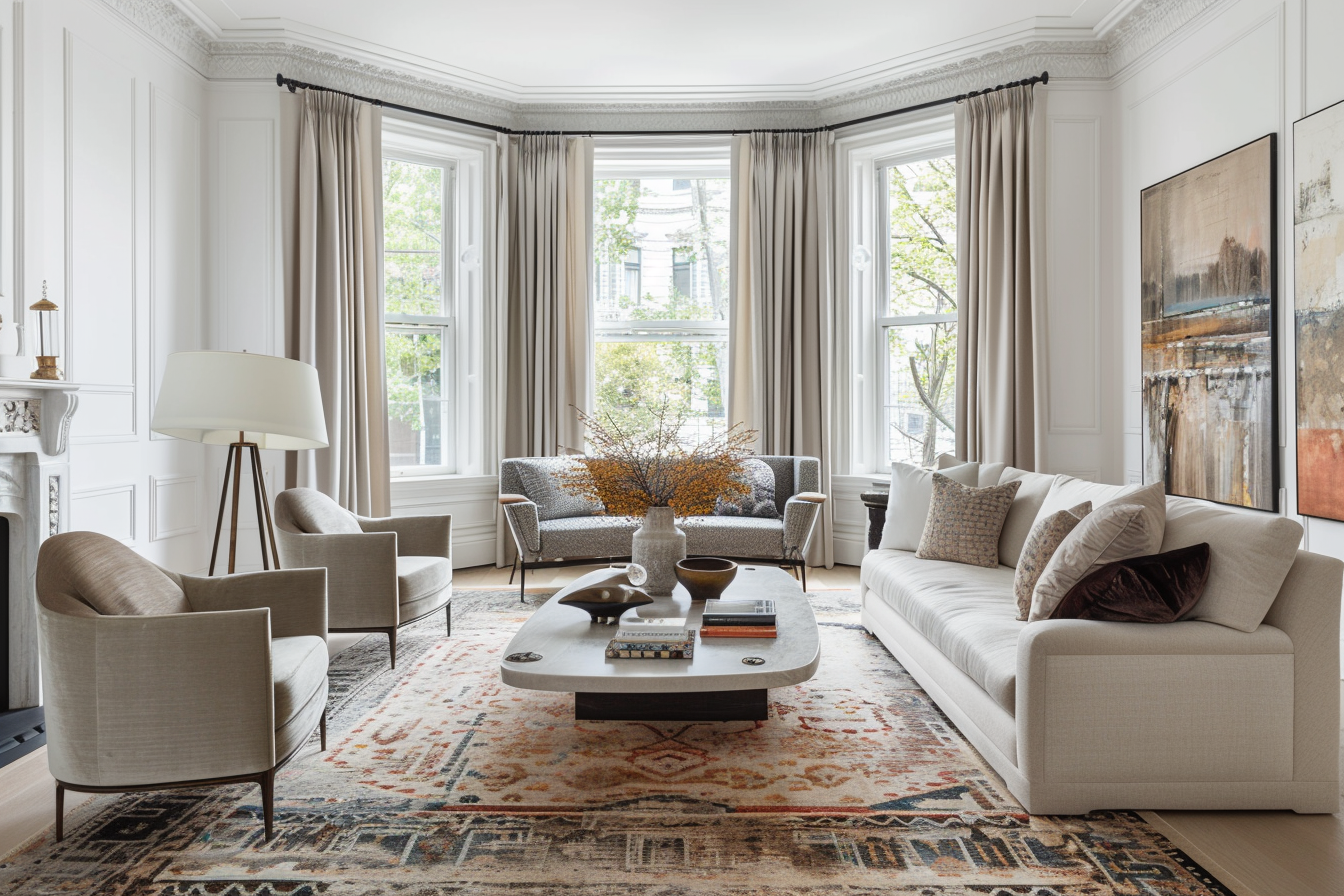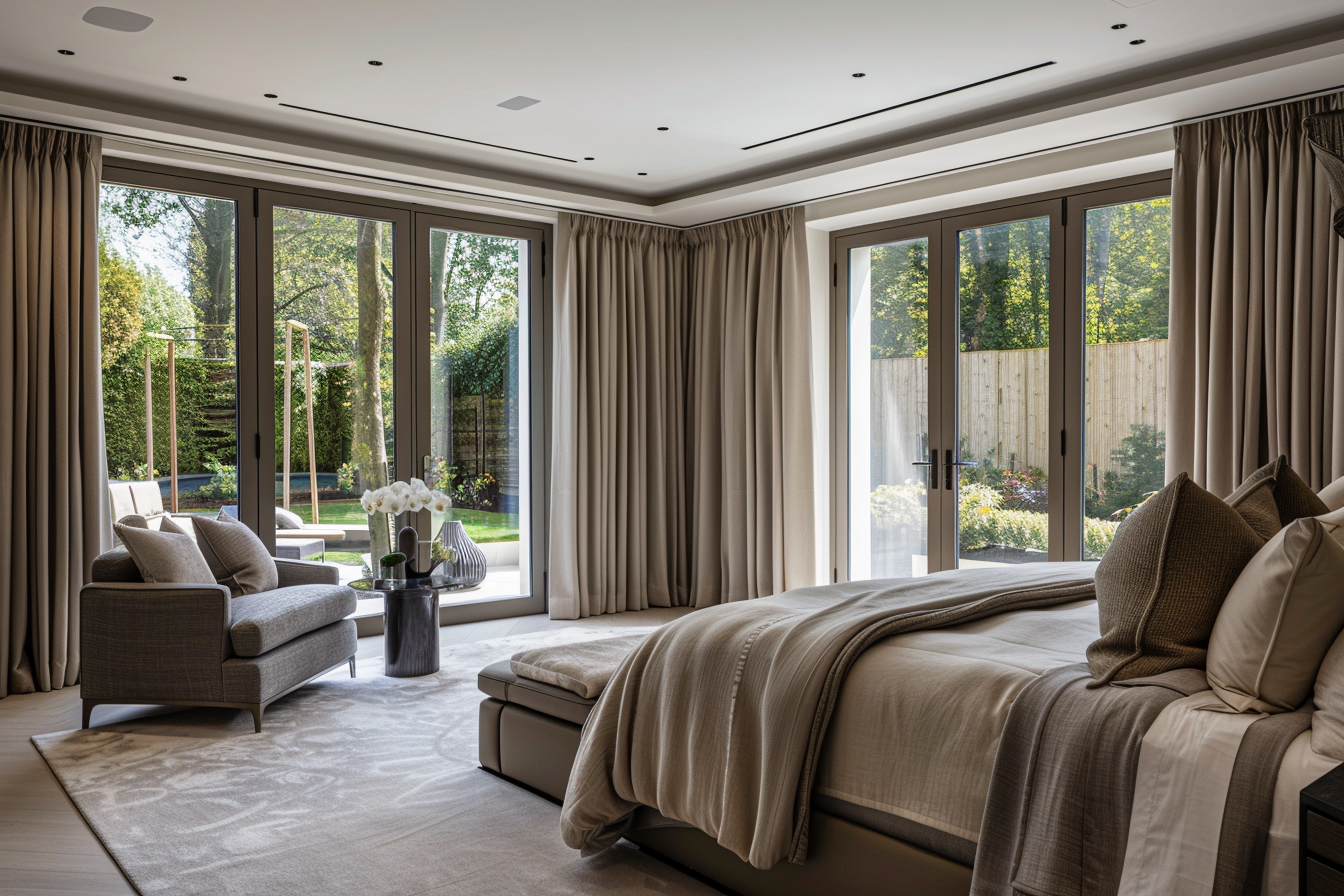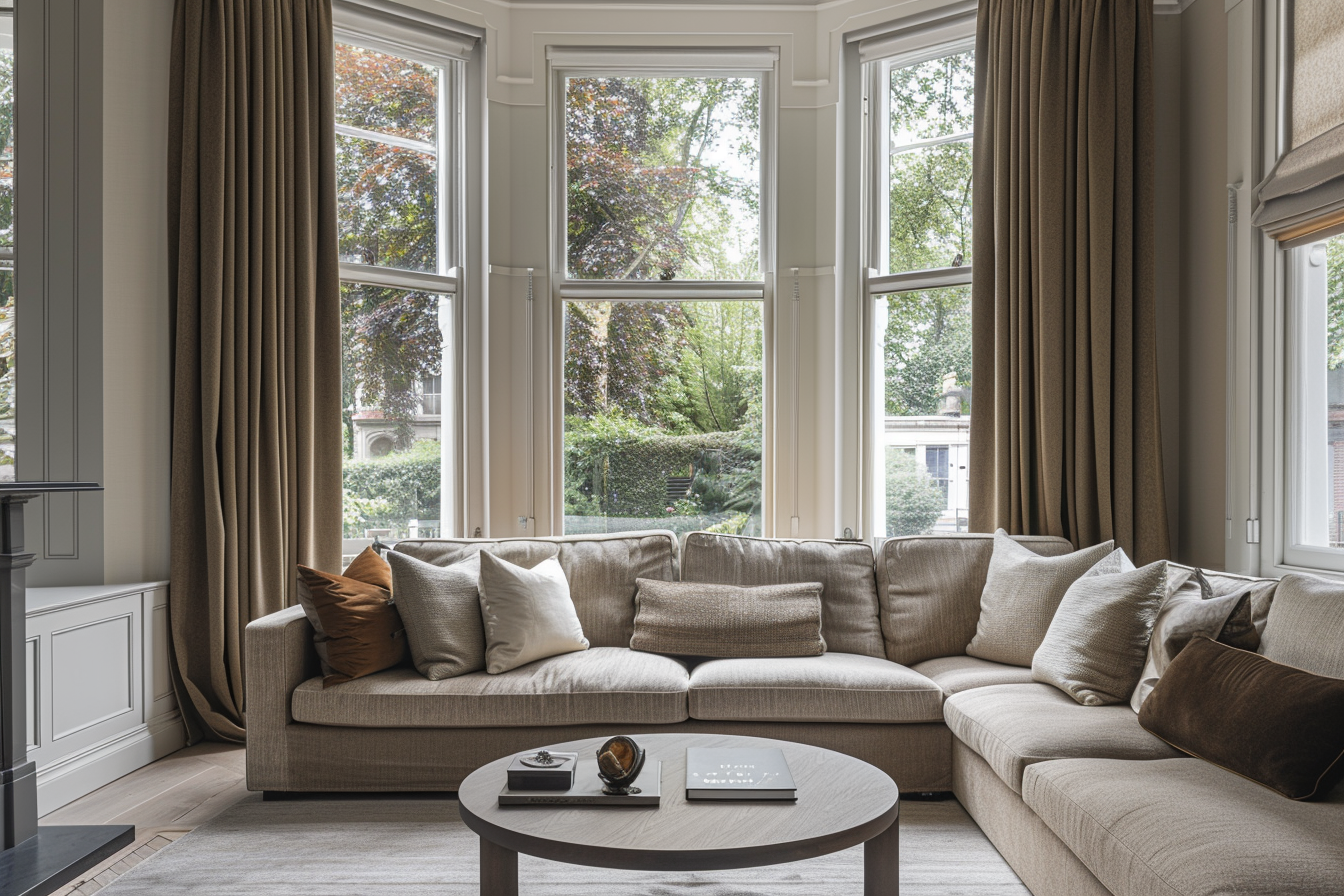Another holiday season is rolling in! Whether you are preparing to embrace the harsh weather or planning for Santa Claus’s arrival, you can’t deny that the most important thing is having a warm space to curl up in this winter. If you live somewhere with cold winter weather or you simply love to decorate your house with holiday-themed decor, then you should consider your choice of winter curtains.
Wondering which fabric is the best for thermal insulation and energy saving or which color is most suitable for bringing holiday spirit? Want to know what are the top winter curtain trends? This page will answer all your questions. Continue reading to gain insights and learn how to pick out the best curtains for your home this winter!
What fabric to choose for winter curtains?
Curtain fabrics are especially crucial for picking out winter curtains. There are many things to keep in mind when choosing. Some materials are better at insulating whereas others will let air filter through. The heaviness and thickness of various fabrics affect how well they perform as insulated curtains. Fabrics also alter the mood and atmosphere set in your living space dramatically. Curtians play such a decisive role in the overall home ambience, that they need to integrate well with the rest of your home decor. Don’t feel overwhelmed by all these concerns, simply read on and explore a few popular fabric options to help you make a well-informed decision.
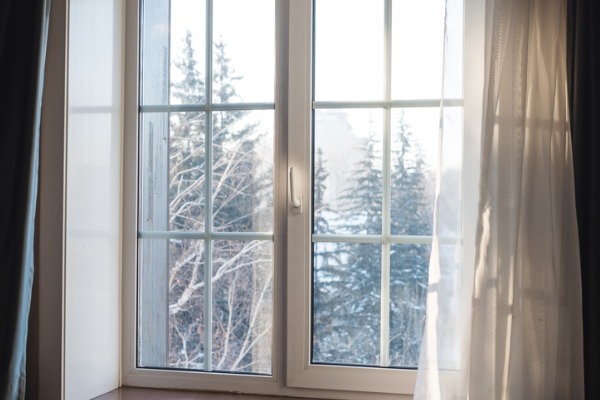
Velvet:
Velvet fabrics are perfect for heavy curtains for winter insulation. It is thick and luxurious, in perfect harmony with holiday season decor. which is superb for blocking out cold drafts while keeping the heat closed within. The heaviness of the fabric grants you instant warmth. It drapes well, which not only gives your living or dining room an elevated look of elegance but also stays in place despite any currents. The tightly woven sheets make it extremely difficult for air to pass through, so they act as a barrier to protect your comfort.
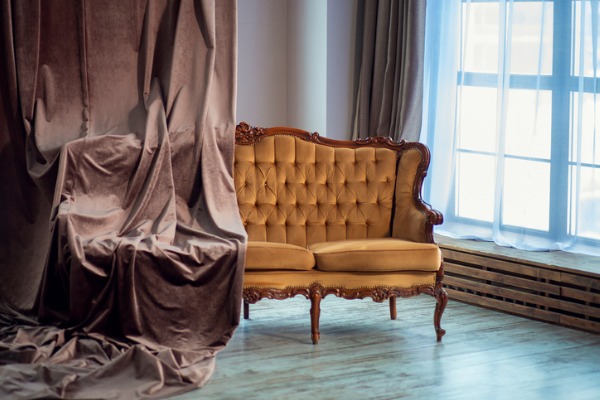
Polyester:
It might come as a surprise that not only heavy-weight fabric can provide effective insulation. Curtains that feature a thermal weave, commonly made from polyester, are a great example of this. Polyester is affordable and durable. It doesn’t wrinkle or shrink easily. poses as a fantastic option for those who don’t wish to choose such heavy and dense-feeling fabric such as velvet or suede. Polyester doesn’t deteriorate as quickly as natural fabrics, making it easier to maintain. But it may easily absorb odor so it’s typically not used for the kitchen.
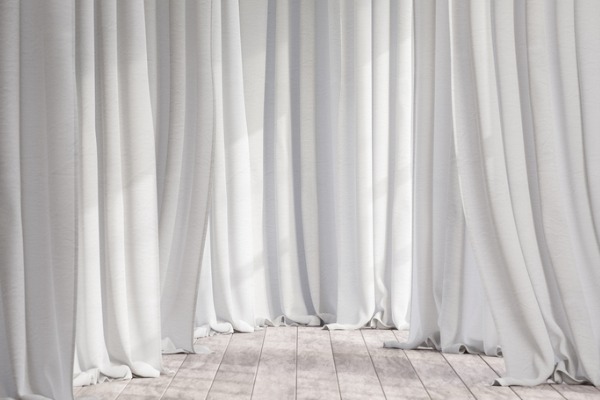
Cotton:
Cotton is a popular curtain fabric option for homeowners. There’s a vast selection of different styles, colors, and thicknesses for cotton curtains to choose out there. It’s well known to be extremely versatile, so cotton curtains are offered in countless colors and prints, making your life a lot easier if you wish to pick out the best piece that compliments your winter home decor. Cotton tends to be very affordable too, initial price and further maintenance requirements are low, making this a very suitable option for those on a budget. However, due to the light and airy nature of cotton, it doesn’t act as a great insulating curtain. Light and air can both filter through normally.
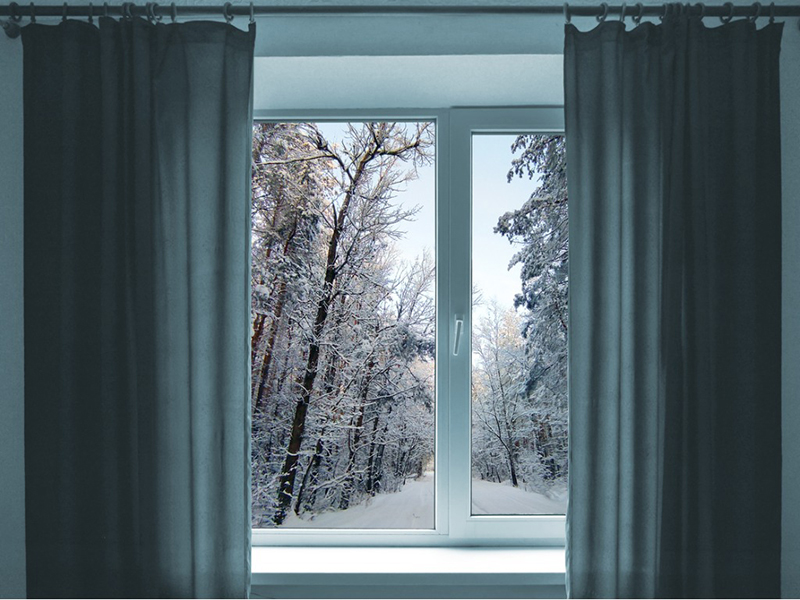
Can thermal insulation really save energy?
Do you always tend to see your utility bills rack up for the winter season? Are you conscious of our deteriorating climate and want to contribute to better our planet? If you can relate to any of these issues, you should seriously consider some form of thermal insulation window treatment for winter.
HVAC (Heating, Ventilation, and Air Conditioning) systems account for almost half of the amount an average household spends on utilities each year. Windows are a considerable source of cold air entering a building during winter months. Even the best windows still pose a threat for chill air to infiltrate the house, causing the heater to work extra hard to maintain a warm indoor temperature. You can save up to 7% on utility bills each year with insulated window treatments. Treating your windows with thermal insulation will not only help you save on energy expenses but also create a positive impact on the environment.
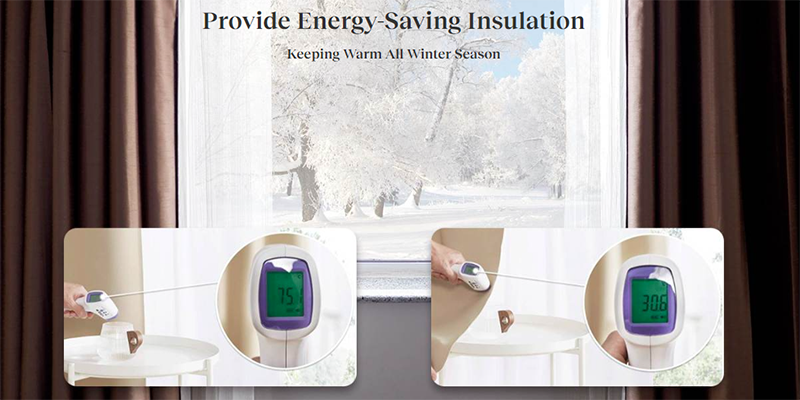
Thermal Curtains for Winter
Curtains are not merely decorations in the winter, they act as a protective layer to help you become more energy efficient. These energy-efficient thermal curtains for winter are designed to minimize the energy lost through your windows. Insulated curtains effectively block out the blistering cold air while preventing heated air from escaping by creating a dead-air space between the window and the room. Winters can be long and excruciating for places, so having a sustainable and long-lasting solution is necessary. Curtains are timeless pieces that are cost-efficient to maintain. Thermal curtains also offer a double benefit of jazzing up your home decor and saving energy. Depending on their material, thickness, color, and header, insulated curtains can reduce energy loss through windows by up to 25%.
Apart from windows, another source where cold air might leak in is through doorways. Doors often don’t have a perfect seal, which lets in cold drafts in the winter. You could also consider insulated door curtains to enhance energy savings further. Eliminating doorways as another major source of energy loss can more effectively regulate the indoor temperature.
Multi-layered for more functions and insulation
The best insulating treatments are generally multi-layered. Trapping air in between layers ensures effective insulation. Having multiple layers of varying materials also provides other benefits like simultaneously blocking out sound, light, and dust. The outermost layer, which faces into the room, is a decorative velvet fabric that can set the tone and create a luxurious atmosphere. The middle layers are generally foam, heavy polyester, or cotton, which are materials that absorb sound or prevent heat loss. A protective barrier is also included to keep the fabric from absorbing moisture that builds up between the window and the room.
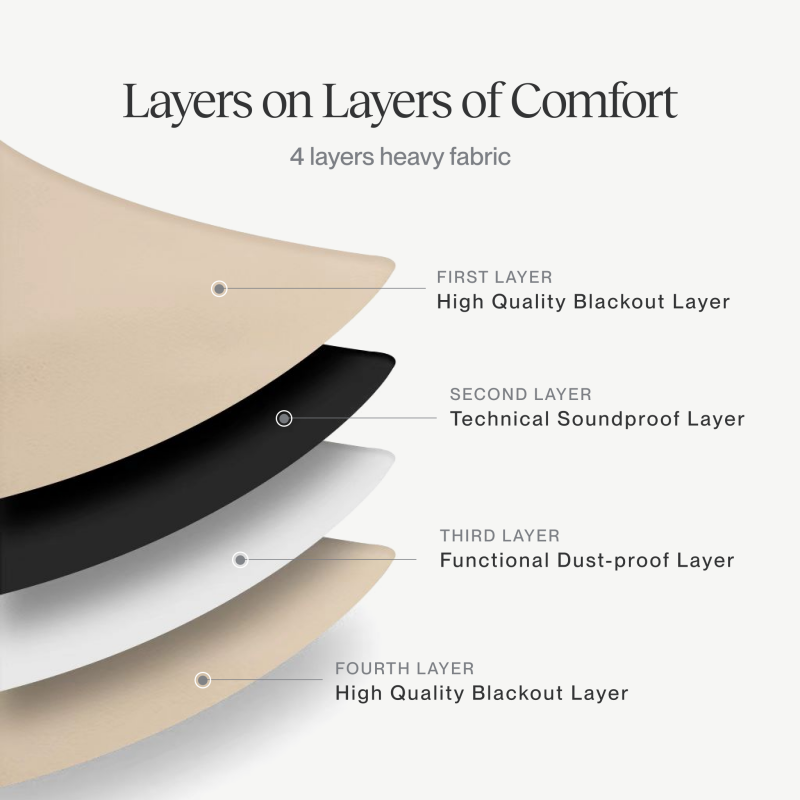
Multiple layered velvet curtains can also be custom-made. This allows greater flexibility and the type and design of drapery fabric. Custom-made thermal window coverings can be made to fit oddly sized windows too which can come in handy.
What about the colors?
Apart from choosing the right fabric, the color of the curtains is just as important to establish a cohesive theme for your home decor. Never underestimate the power of colors to create warmth and coziness within your home. If you choose more muted or neutral tones, then they might complement other decor pieces nicely and tie them well together. However, if you choose a bold pop of color, curtains can be a focal point of attention for any living space. What colors should you choose? Here are a few tips to help you pick out winter curtains for your living room, dining room, bedrooms, and more!
Different rooms have different moods
When picking out any home decor pieces, the first question any decorator asks is: what mood do I want in this room? Cozy or breezy? Elegant or rustic? The colors you select will have a major influence on its ambiance. Curtain colors play a much bigger role in creating mood than you might think!
Warm colors like reds, browns, and golds tend to feel inviting, and more suitable for dining rooms and living rooms. Cool colors like blues, greys, and greens provoke relaxation, good for bedrooms. Lighter colors tend to be more soothing, and darker colors are more stimulating. Pastels such as light blue, pale pink, and light green are perfect for a soothing environment. If you want to create more excitement, go for darker shades such as dark green, burgundy, or navy.
Opt for warm colors
Warmer-toned colors in darker shades elevate the look of a room and go perfectly with indoor winter decorations. Designers usually recommend warm colors such as beige and yellow, with a slight mustard tint or terracotta colors. These will visually lighten up the room, and darker colors will create the effect of gloom, which is already enough in winter. Using muted tones is also a great tip since extremely vibrant colors can stand out too much and become incohesive with the rest of the room.
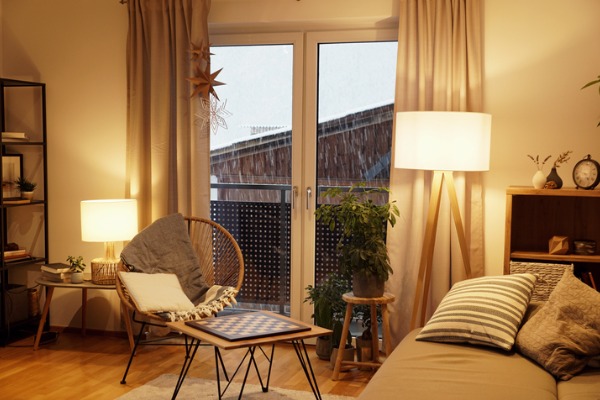
Brown curtains are an excellent choice throughout the year but especially fitting during the winter times. In the winter months, brown is excellent for bringing a sense of nature without bringing in the cold weather. You are reminded of campfires, woods, and warmth, making you feel warmer within the comforts of your own house. A brown curtain is one of the best colors that exudes warmth and coziness. They’re neutral, which means they go well with anything. It fits right in with any modern or traditional space and will pair well with furniture pieces. Brown curtains are also easier on the eyes than other vibrant colors like red, orange, or yellow.
Bring in the holiday spirit
Christmas tree green and dark maroon are the perfect additions to sparkle any winter home with the holiday spirit instantly. They can effortlessly tie in with any holiday decorations. Not all trees are bare in the winter, bring that evergreen tree color indoors. In bleak winters, they are a reminder that nature is still full of life. Maroon is one curtain color that always looks cheerful and beautiful. It is a perfect winter color. Bold and matching wooden furnishings in the house. Consider a pop of holiday colors for your living room curtains.
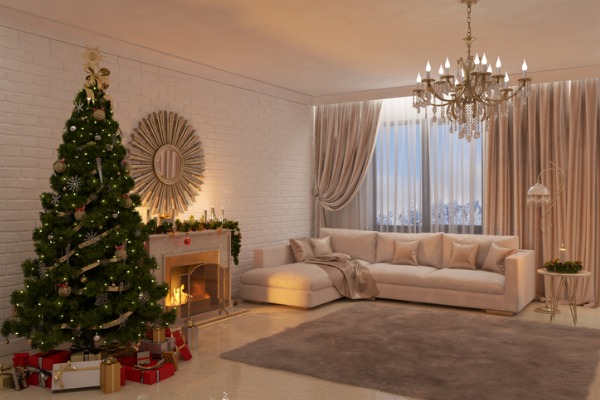


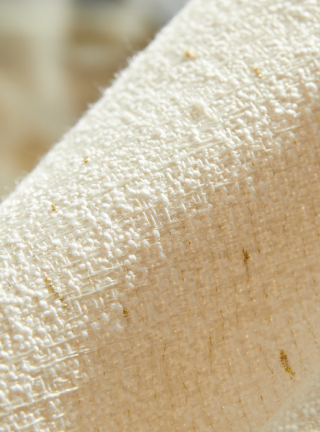
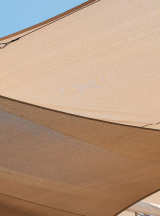

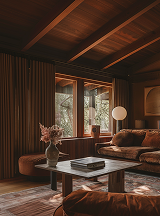
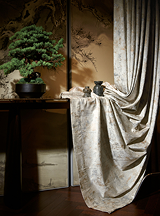







 Loyalty Plan
Loyalty Plan





